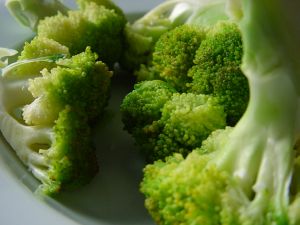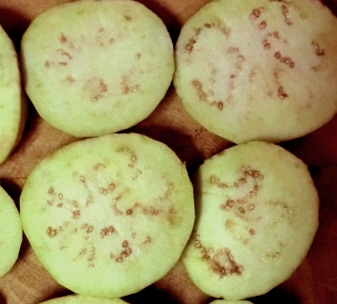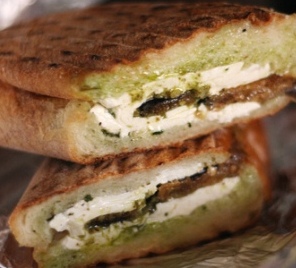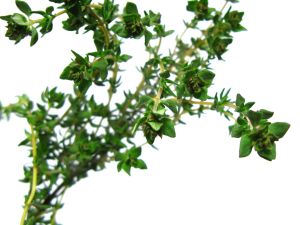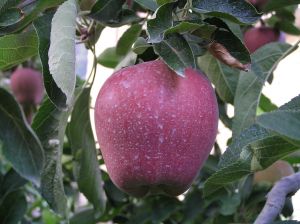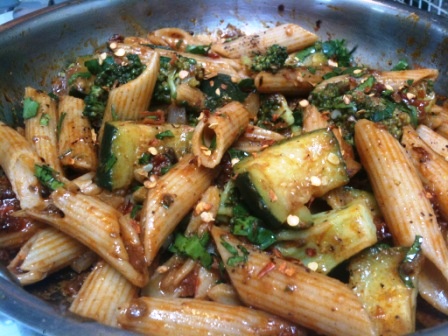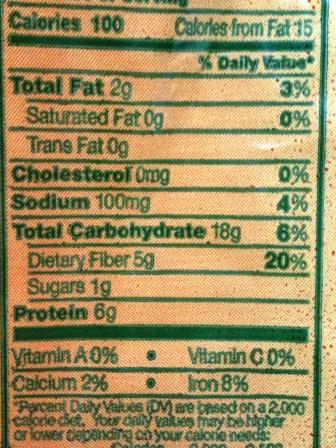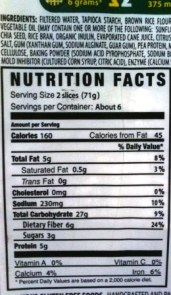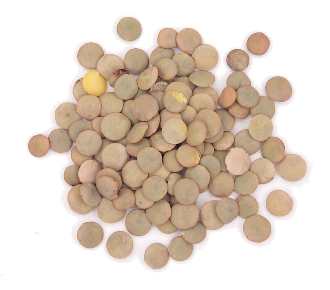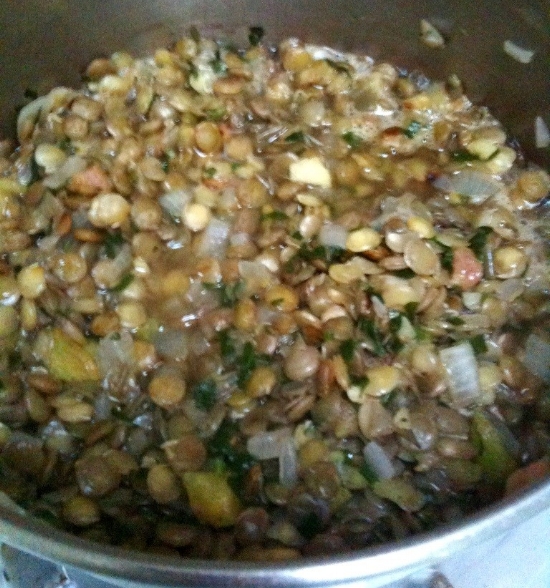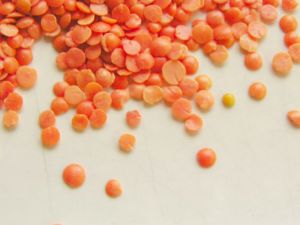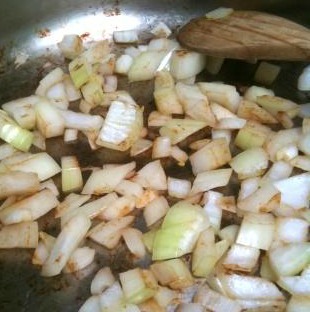Sitting on the living room floor upstairs
White veil folded over the top of her head
She holds in her lap a large round tray
Full of lentils,
Her right hand pushing each wavy row at a time
Up towards the top of the tray
Inspecting them for debris.
She wears a navy dress with white polka dots
And every grandchild knows that dress.
She’s recounting another story,
Always full of every possible detail
Often mimicking the players
In perfect adaptations,
While we sit listening.
Lentils picked through ...the tray
Is taken to the kitchen by the maid,
Downstairs she follows onions beckoning
To be chopped into perfect small dice
Excited to enhance the fledgling soup
Sautéed in green-gold olive oil
They wait to turn a luscious brown.
The telephone rings
Her youngest sister calling to say she’s coming by
One of my round aunts clad in black
White veil clinging to graying hair
Rosy face and twinkling eyes,
Three kisses on two cheeks
And a pinch of the chin.
The thick soup bubbles on the stove
Melding the flavors of crisp onions
And brown lentils with a hint of cumin,
A quick stir with the wooden spoon
Between lines of conversation
The latest family gossip
Floating around the room.
Arabic coffee is brewing next to the lentils
Thick, dark, rich its heady aroma
Vying for space between the airborne words
A quick boil, a resting minute for grounds to settle
Then into tiny flowered porcelain cups
A hint of sugar sprinkled, and quickly stirred
More news, laughter and plans for a visit
To an elderly friend who recently lost a husband...
The stone house on the corner
Above Abu Salim’s grocery store
A basket dangles from the balcony
Waiting to descend into his hands
And be filled and hoisted up again.
A sheik in black with a blue striped vest
Manicured mustache curled
A white cotton cap on his head,
He walks along-side his doe-eyed donkey
She, carrying baskets of honeyed figs
From the orchards at the top of the hill
Weaving down the winding streets to market .
.
‘Ahlan Yousef’ a greeting meets him
The source sits on a wooden chair
In front of the inviting barber shop
Sipping coffee from a gold-rimmed demitasse
A backgammon table laid out
Waiting for participants
On this sunny mountain day.
A hand touching his forehead in response
Donkey and master are closer to market
A taxi honks to get by the pedestrians
Tangling in the streets
Each shop with its own bouquet of people
Talking, kissing, catching up on the events
Since 10pm the night before.
Long straight hair at the skilled hands of hairdressers
Flow down slender shoulders
Framing lovely dark eyes,
As young women walk arm in arm in pretty skirts
Snacking on toasted melon seeds from crumpled paper bags
Avoiding the glances of young men
In tight shirts and store windows.
Each mother tows more than a child
Pretty frilly socks and matching ribbon in curls
Adorning chubby faces
Or shining black shoes and knitted sweaters
On a future man of the village
Who now holds a cone dripping with
Mango, peach and pistachio ice cream.
Stray dogs make their way to the back of butcher shops
Patiently waiting for today’s scraps
While the owner haggles with the woman
Veiled and gesturing at a piece of meat
Which he holds in his hand
20 lira is not what she pays for that very same
At Abu Amin’s shop across town.
A policeman’s whistle at a gray car double parking
The man in a blue shirt, his wife and children
In the back seat leaning out of windows
“Bas takki” he shouts at the officer
‘Just one moment’ and he’ll be gone
Just long enough for Sameera to run into the pharmacy
For father’s medication.
The incomparable Fairuz sings over the noise in the square
Her rich voice idealizing her country ,
,
Comes from a radio on the balcony
Above the fabric store
Where Im Ali sews dresses for customers
While her children are in school,
Colors streaming from hangers.
‘Hey, ya Kamaaaaal’, call a group of young men
Leaning against a Mercedes
Turning the head of another making his way
Across the street to Ziad’s bookstore
Whistles and hand clapping when he hears
Laughter at his distraction as he finally sees
The goateed chins that beckon him.
Hugs go around the now circle of friends
Plans for an evening stroll after dinner
And hints at who they might run into
To spice the night’s ritual
A clasp of hands before Kamal returns to his path
A mental note to complete homework
Before the stroke of 9.
Dotted along the streets grey taxis
Usually a 6-year-old Mercedes
Carries six passengers tightly squeezed
Back from a day of work in the sun.
Skin darkened, sporting darker mustaches
Looking forward to joining family for dinner
Displayed in six or seven flowered dishes
Meals are an invitation to share good fortune
To catch up on the day’s news
To show generosity towards friends and family..
Mothers and grandmothers in their long dark skirts
Many wearing the white flowing thin veil over their hair
Spend the afternoon together preparing the evening meal
Always Turkish coffee at the ready.
Children play on the large verandas
Or on the street corners
Looked after by older siblings, cousins,
Or cheerful shopkeepers who too are friends..
No neighbor in this village is a stranger
No one keeps to themselves for this is a Community
Of family overflowing with love and concern.
Their hearts like their houses are close,
Like the winding alley ways
Their lives wind around one another
No one hesitates to ask for aid.
Nabeel skips morning chores to take Aunt Im Jamal to the doctor
Lena walks to town for a spool of brown wool
To mend upstairs’ Abu Fady’s jacket.
Between these snug two and three-story stone buildings
Serving as houses and shops…
Stray slender pine trees and fragrant flowery bushes
Winding narrow stairways and alleys
Sprinkled with cats and people
Busy with the day’s work
Acknowledging each other.
Where the spaces between structures grow larger
Stand houses capped with red tile roofs
Sit upon hill crescents offering dizzying views
Of tree green valleys and mountains
Gentle sloping land down to the shimmering
Blue waters of the warm Mediterranean
Its shores outlining modern cities.
There the men and women have a brisker pace
There the shops are shinier
The cars polished carrying fashionable passengers
The buildings taller, the streets wider
The pace faster, but still allowing friends to linger
Over coffees and sweets and late lunches
In the outdoor Cafés dotting every corner.
 The cheeks here are red with premeditated color,
The cheeks here are red with premeditated color,
The shoes and handbags from twin material,
The conversations in three alternating languages
At each dining table, in each bunch of students
At Chez Michelle’s Salon and George’s Boutique
The dresses shorter, the makeup brighter
The flirting noticeable.
Her white head-cover now exchanged for a black one,
She makes her way to the city in the white Mercedes,
Kameel, the driver, in white starched shirt and long pinky nail
Making polite conversation...
Visits to Daoud the tailor, Kabé the jeweler,
And Abu Talal... the wholesale grocer,
Before returning home to the mountains.
A little something for me and my sister
Dad’s favorite fruits, dried beans and rice
To last a few weeks..
A bunch of fresh dates from Arabia
And ripe, orange, fleshy mangos from Egypt.
All congregate in the large kitchen
To help with parts of the bountiful evening meal.
~ Hoda A.©
2009


